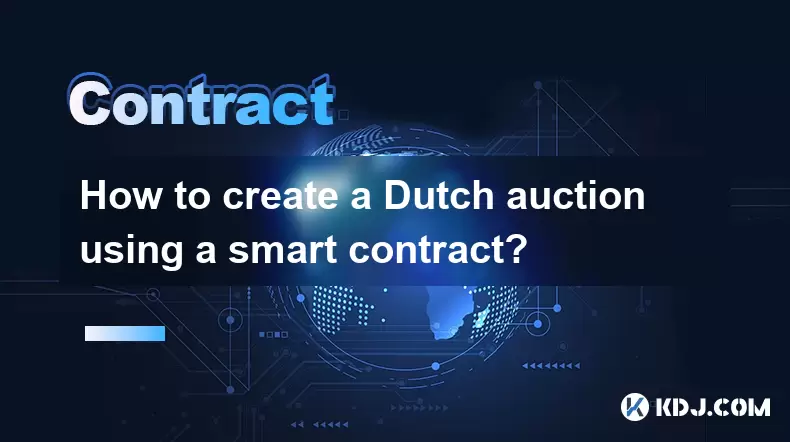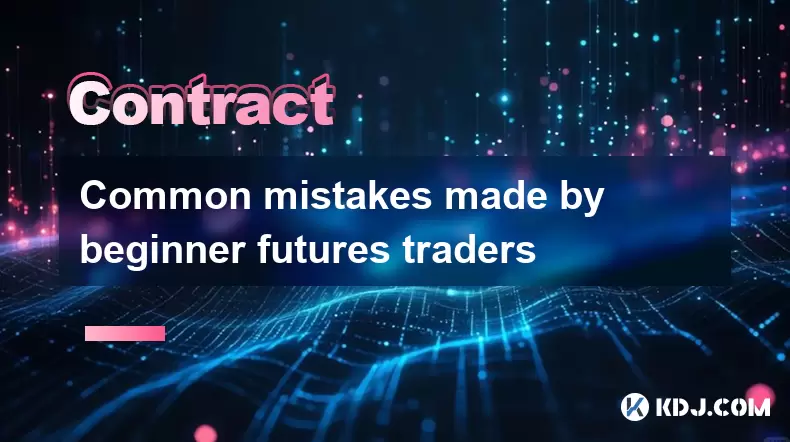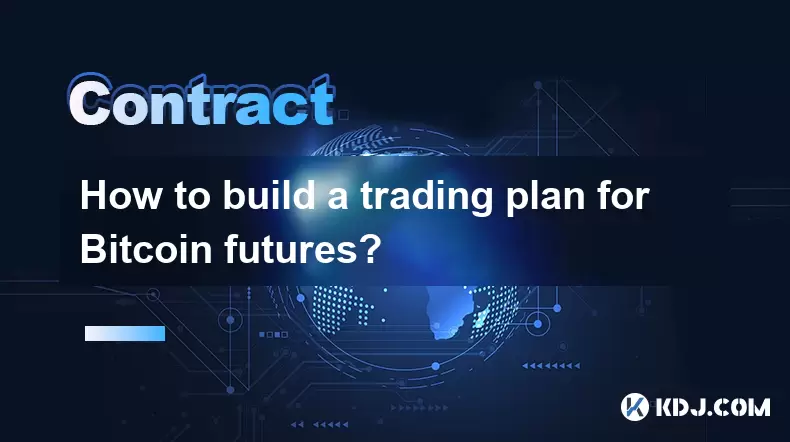-
 Bitcoin
Bitcoin $120400
1.77% -
 Ethereum
Ethereum $3615
7.90% -
 XRP
XRP $3.580
17.84% -
 Tether USDt
Tether USDt $1.001
0.06% -
 BNB
BNB $729.4
1.25% -
 Solana
Solana $179.9
5.04% -
 USDC
USDC $0.0000
0.01% -
 Dogecoin
Dogecoin $0.2311
8.22% -
 TRON
TRON $0.3226
4.04% -
 Cardano
Cardano $0.8490
12.85% -
 Hyperliquid
Hyperliquid $46.45
0.72% -
 Stellar
Stellar $0.4913
8.54% -
 Sui
Sui $4.027
2.00% -
 Chainlink
Chainlink $18.51
11.67% -
 Hedera
Hedera $0.2818
21.51% -
 Avalanche
Avalanche $24.03
7.40% -
 Bitcoin Cash
Bitcoin Cash $508.5
2.90% -
 Shiba Inu
Shiba Inu $0.00001496
3.24% -
 UNUS SED LEO
UNUS SED LEO $8.961
1.83% -
 Toncoin
Toncoin $3.264
3.13% -
 Litecoin
Litecoin $104.6
8.15% -
 Polkadot
Polkadot $4.389
6.11% -
 Uniswap
Uniswap $9.924
10.63% -
 Monero
Monero $337.9
0.49% -
 Pepe
Pepe $0.00001376
2.79% -
 Bitget Token
Bitget Token $4.830
2.46% -
 Ethena USDe
Ethena USDe $1.001
0.05% -
 Dai
Dai $1.000
0.02% -
 Aave
Aave $325.2
1.66% -
 Bittensor
Bittensor $423.7
-0.85%
How to create a Dutch auction using a smart contract?
A Dutch auction smart contract on Ethereum automates fair price reductions for NFTs or tokens, ensuring transparent, trustless sales.
Jul 17, 2025 at 01:57 am

Understanding the Concept of a Dutch Auction in Blockchain
A Dutch auction is a unique type of auction where the price starts high and gradually decreases until a participant accepts the current price. This mechanism has been widely adopted in traditional finance and has now found its place within blockchain technology through smart contracts. In the context of cryptocurrency, Dutch auctions are often used during token sales or NFT drops to ensure fair pricing while encouraging early participation.
The primary benefit of implementing a Dutch auction using a smart contract lies in its automation and transparency. Once deployed on a blockchain like Ethereum, the auction operates without human intervention, reducing the risk of manipulation and ensuring trustless execution.
Selecting the Right Tools and Platforms
To begin creating a Dutch auction using a smart contract, you need to choose the appropriate development tools and blockchain platform. The most common choice for such implementations is Ethereum, due to its mature ecosystem and support for Solidity, a widely-used smart contract programming language.
Essential tools include:
- Remix IDE – A browser-based IDE for writing and deploying smart contracts.
- Truffle Suite – For more advanced development, testing, and deployment workflows.
- MetaMask – A wallet extension that connects your browser to the Ethereum network.
- Infura or Alchemy – To interact with the Ethereum blockchain without running a node.
Make sure you have a basic understanding of Solidity syntax, contract structure, and blockchain transaction mechanics before proceeding.
Designing the Smart Contract Logic
The core logic of a Dutch auction smart contract revolves around two main components: price decay over time and purchase conditions. Here's how it works:
- The initial price is set at a high value.
- Over time, the price decreases according to a predefined rate (e.g., every minute or block).
- Buyers can purchase tokens or assets at the current price at any point during the auction.
- Once someone buys the asset, the auction ends automatically.
In code terms, this requires defining variables such as:
initialPriceminimumPricepriceDecrementendTimetokenAddress(if selling ERC-20 tokens)
You’ll also need functions like getCurrentPrice() and buy(), which checks if the auction is still active and allows buyers to send ETH and receive tokens.
Implementing the Smart Contract in Solidity
Here’s an example implementation of a basic Dutch auction smart contract written in Solidity:
pragma solidity ^0.8.0;contract DutchAuction {
address payable public seller;
uint256 public initialPrice;
uint256 public minimumPrice;
uint256 public startTime;
uint256 public duration;
uint256 public priceDecrementPerSecond;
bool public sold = false;
constructor(
uint256 _initialPrice,
uint256 _minimumPrice,
uint256 _duration,
uint256 _priceDecrementPerSecond
) {
seller = payable(msg.sender);
initialPrice = _initialPrice;
minimumPrice = _minimumPrice;
startTime = block.timestamp;
duration = _duration;
priceDecrementPerSecond = _priceDecrementPerSecond;
}
function getCurrentPrice() public view returns (uint256) {
if (block.timestamp >= startTime + duration) {
return minimumPrice;
}
uint256 elapsedTime = block.timestamp - startTime;
uint256 decreaseAmount = elapsedTime * priceDecrementPerSecond;
uint256 currentPrice = initialPrice - decreaseAmount;
if (currentPrice < minimumPrice) {
return minimumPrice;
}
return currentPrice;
}
function buy() external payable {
require(!sold, "Item already sold");
require(block.timestamp < startTime + duration, "Auction ended");
uint256 price = getCurrentPrice();
require(msg.value >= price, "Not enough ETH sent");
sold = true;
seller.transfer(price);
// Refund excess ETH
uint256 refund = msg.value - price;
if (refund > 0) {
payable(msg.sender).transfer(refund);
}
}
}
This contract sets up a simple Dutch auction where a single item is sold based on time-based price reduction. It includes functionality for price calculation, purchase handling, and refunds.
Deploying and Testing the Contract
Once the Dutch auction smart contract is written, the next step is deployment. Deploying involves sending the compiled bytecode to the Ethereum network via a transaction.
Steps to deploy:
- Use Remix IDE or Truffle to compile the contract.
- Connect MetaMask to the desired network (Rinkeby for testing or Mainnet for production).
- Select the contract and click “Deploy.”
- Pay the gas fee and wait for confirmation.
After deployment, test the contract thoroughly:
- Check if
getCurrentPrice()returns the correct value over time. - Simulate multiple users trying to buy at different times.
- Ensure funds are transferred correctly and refunds are processed.
Testing on a testnet is crucial to avoid financial loss and ensure robustness before going live.
Integrating Frontend for User Interaction
For real-world applications, users won’t interact directly with the contract via Remix or MetaMask alone. Instead, they will use a decentralized application (dApp) frontend built with frameworks like React or Vue.js.
Key integration steps:
- Connect the frontend to MetaMask using web3.js or ethers.js.
- Fetch the current price dynamically by calling
getCurrentPrice(). - Implement a UI button that triggers the
buy()function when clicked. - Handle transactions, confirmations, and errors gracefully.
Ensure the user interface clearly shows the countdown timer, current price, and auction status to enhance usability.
Frequently Asked Questions
Q: Can I modify the price after the auction has started?
No, once the Dutch auction smart contract is deployed, the parameters like initial price, decrement rate, and duration cannot be changed unless explicitly coded into the contract with admin controls. However, doing so would compromise decentralization and fairness.
Q: What happens if no one buys the item before the auction ends?
If the auction concludes without a buyer, the item remains unsold. The seller may choose to relist it with adjusted parameters or withdraw the item manually if the contract allows such functionality.
Q: How do I handle multiple items in a Dutch auction?
The sample contract shown handles only a single item. For multiple items, you would need to implement a system that tracks remaining supply and allows partial purchases. Each bid could reduce the available quantity accordingly.
Q: Is it possible to create a Dutch auction on blockchains other than Ethereum?
Yes, blockchains like Binance Smart Chain, Polygon, and Solana also support smart contracts and can host Dutch auction implementations. You’d need to adjust tooling and syntax depending on the target chain’s capabilities and supported languages.
Disclaimer:info@kdj.com
The information provided is not trading advice. kdj.com does not assume any responsibility for any investments made based on the information provided in this article. Cryptocurrencies are highly volatile and it is highly recommended that you invest with caution after thorough research!
If you believe that the content used on this website infringes your copyright, please contact us immediately (info@kdj.com) and we will delete it promptly.
- XRP, Dogecoin, and Crypto Bills: What's Shaking in the Crypto World?
- 2025-07-18 20:50:13
- Trump, Family Business, and Power: A New Era of Conflicts?
- 2025-07-18 20:30:12
- Trump, Business, & Bitcoin: A Crypto Capitalist's Vision
- 2025-07-18 20:40:12
- MEXC's Q2 Domination: Riding the Crypto Wave to Market Leadership
- 2025-07-18 18:30:12
- Caldera (ERA) Takes Flight: Binance Listing Ignites Crypto Surge
- 2025-07-18 19:10:13
- Hex Trust and Algorand: Institutional Staking Rewards Take Center Stage
- 2025-07-18 19:50:13
Related knowledge

What is a stablecoin-margined contract vs a coin-margined contract?
Jul 15,2025 at 06:36pm
Understanding the Difference Between Stablecoin-Margined Contracts and Coin-Margined ContractsIn the world of cryptocurrency derivatives, margin plays...

How to analyze volume profile for Bitcoin futures?
Jul 17,2025 at 01:21am
Understanding Volume Profile in Bitcoin Futures TradingVolume profile is a crucial analytical tool used by traders to assess the distribution of tradi...

How to backtest a Bitcoin futures trading strategy?
Jul 15,2025 at 11:35am
Understanding Bitcoin Futures TradingBitcoin futures trading involves contracts to buy or sell Bitcoin at a predetermined price and date in the future...

Common mistakes made by beginner futures traders
Jul 17,2025 at 07:49am
Overleveraging Without Understanding the RisksOne of the most frequent mistakes made by beginner futures traders is overleveraging their positions. Fu...

Psychology of trading Bitcoin contracts
Jul 13,2025 at 02:50am
Understanding the Emotional Rollercoaster of Bitcoin Futures TradingBitcoin contract trading, especially in the form of futures, introduces a high lev...

How to build a trading plan for Bitcoin futures?
Jul 17,2025 at 08:42am
Understanding Bitcoin Futures TradingBitcoin futures are derivative contracts that allow traders to speculate on the future price of Bitcoin without o...

What is a stablecoin-margined contract vs a coin-margined contract?
Jul 15,2025 at 06:36pm
Understanding the Difference Between Stablecoin-Margined Contracts and Coin-Margined ContractsIn the world of cryptocurrency derivatives, margin plays...

How to analyze volume profile for Bitcoin futures?
Jul 17,2025 at 01:21am
Understanding Volume Profile in Bitcoin Futures TradingVolume profile is a crucial analytical tool used by traders to assess the distribution of tradi...

How to backtest a Bitcoin futures trading strategy?
Jul 15,2025 at 11:35am
Understanding Bitcoin Futures TradingBitcoin futures trading involves contracts to buy or sell Bitcoin at a predetermined price and date in the future...

Common mistakes made by beginner futures traders
Jul 17,2025 at 07:49am
Overleveraging Without Understanding the RisksOne of the most frequent mistakes made by beginner futures traders is overleveraging their positions. Fu...

Psychology of trading Bitcoin contracts
Jul 13,2025 at 02:50am
Understanding the Emotional Rollercoaster of Bitcoin Futures TradingBitcoin contract trading, especially in the form of futures, introduces a high lev...

How to build a trading plan for Bitcoin futures?
Jul 17,2025 at 08:42am
Understanding Bitcoin Futures TradingBitcoin futures are derivative contracts that allow traders to speculate on the future price of Bitcoin without o...
See all articles

























































































